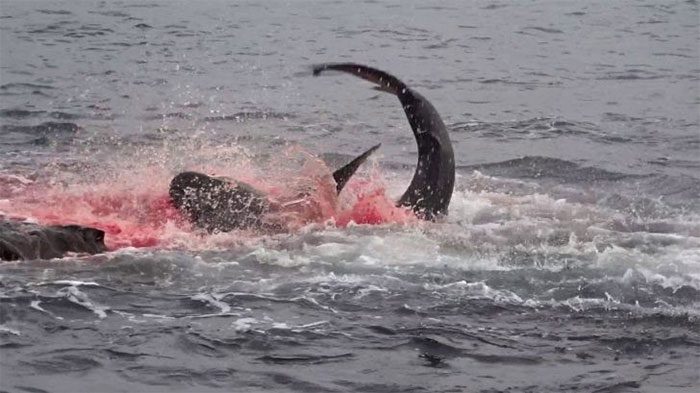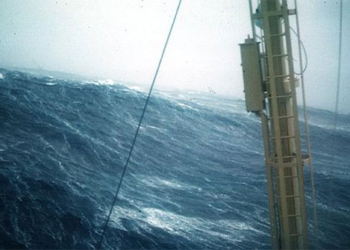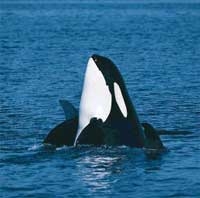The Galapagos Marine Reserve is home to the largest population of sharks on Earth, frequently showcasing dramatic hunting scenes of these “predators” from the ocean depths.
The Galapagos Islands are located in the vast eastern part of the Pacific Ocean, straddling the equator and 972 kilometers away from the mainland of Ecuador. This archipelago comprises 13 main islands, 6 smaller islands, and 107 rocks located west of Ecuador in the Pacific Ocean. Due to the discovery of a multitude of unique species, almost impossible to find anywhere else in the world, Ecuador named its first national park as Galapagos on this archipelago.

Galapagos sharks hunting seals.
Galapagos National Park is now one of the most biodiverse places in the world, with around 600 species of plants, 400 species of fish, 58 species of birds, 22 species of reptiles, and 6 species of mammals, many of which cannot be found anywhere else and several that are at risk of extinction.
Many scientists have likened this place to a prehistoric world in the Pacific, filled with strange flowers and animals – black penguins, marine iguanas lounging on white sandy beaches, and giant tortoises living in lush forests deep within the islands.
The landscapes of each island are quite different; some are covered in dense forests and towering trees, while others resemble giant rocks, shrouded in swirling smoke.
However, the most notable feature of Galapagos is undoubtedly its staggering number of sharks.
Among the 33 shark species found in the Galapagos Marine Reserve, the most common around Darwin and Wolf Islands include hammerhead sharks, Galapagos sharks, silky sharks, blacktip sharks, whitetip sharks, tiger sharks, and whale sharks.
Galapagos sharks are named after the location where they are found, although they have since been discovered in other warm waters around the world. This species is characterized by a jaw with 14 sharp, serrated teeth capable of ripping apart any creature. Their diet mainly consists of bony fish, but in the Galapagos, their menu can extend to seals and sea lions.
The strength and aggression of Galapagos sharks have been somewhat validated by a clip taken at an Ecuador wildlife reserve. In the video, a group of sea lions playing unexpectedly rushes to the shore. The moment a lagging member of the group is caught by a Galapagos shark is captured magnificently and realistically. After being snagged by the strong jaws of the fierce predator, the blood of the sea lion stained a significant area of the beach.





















































